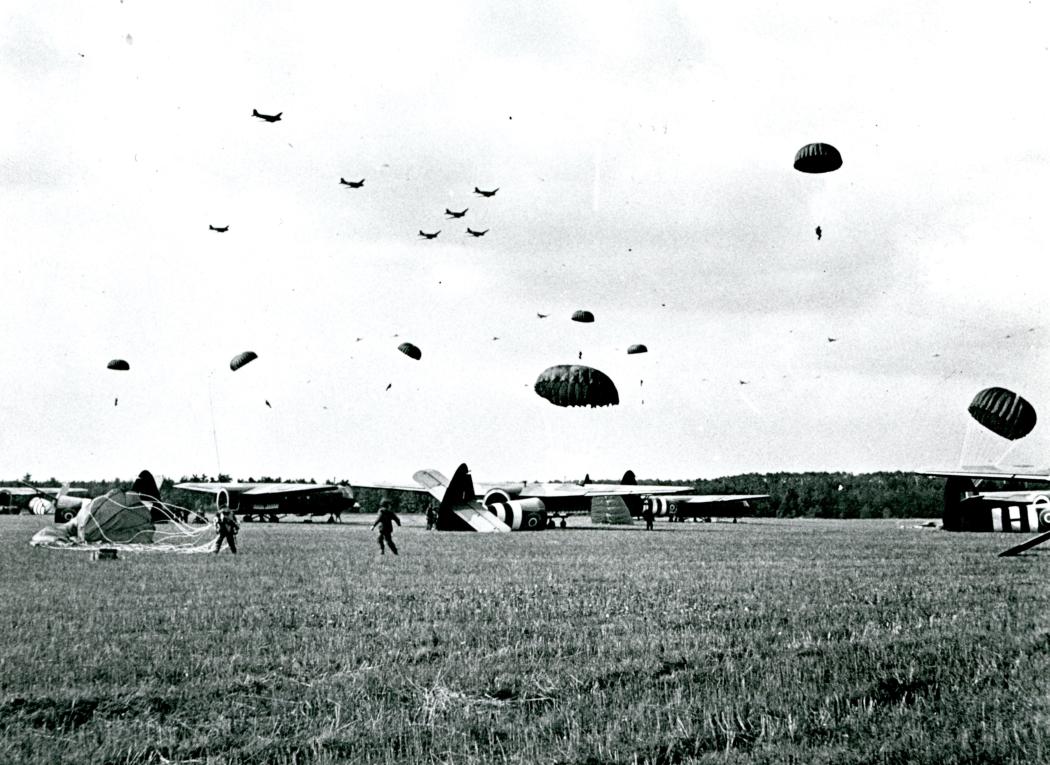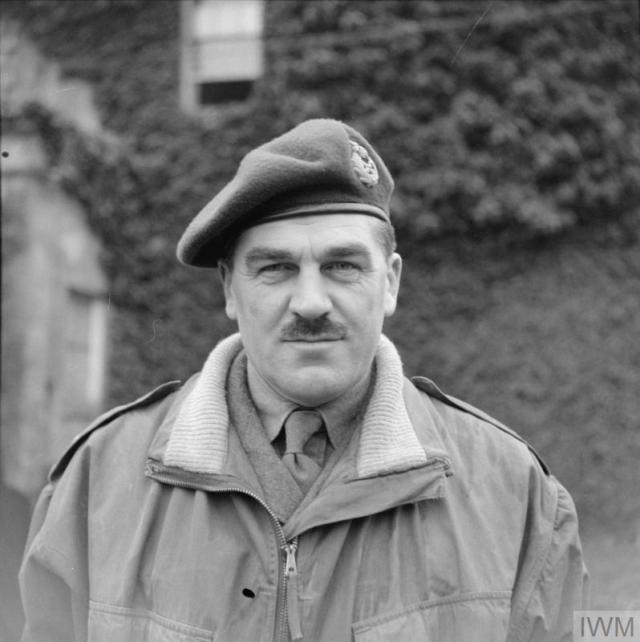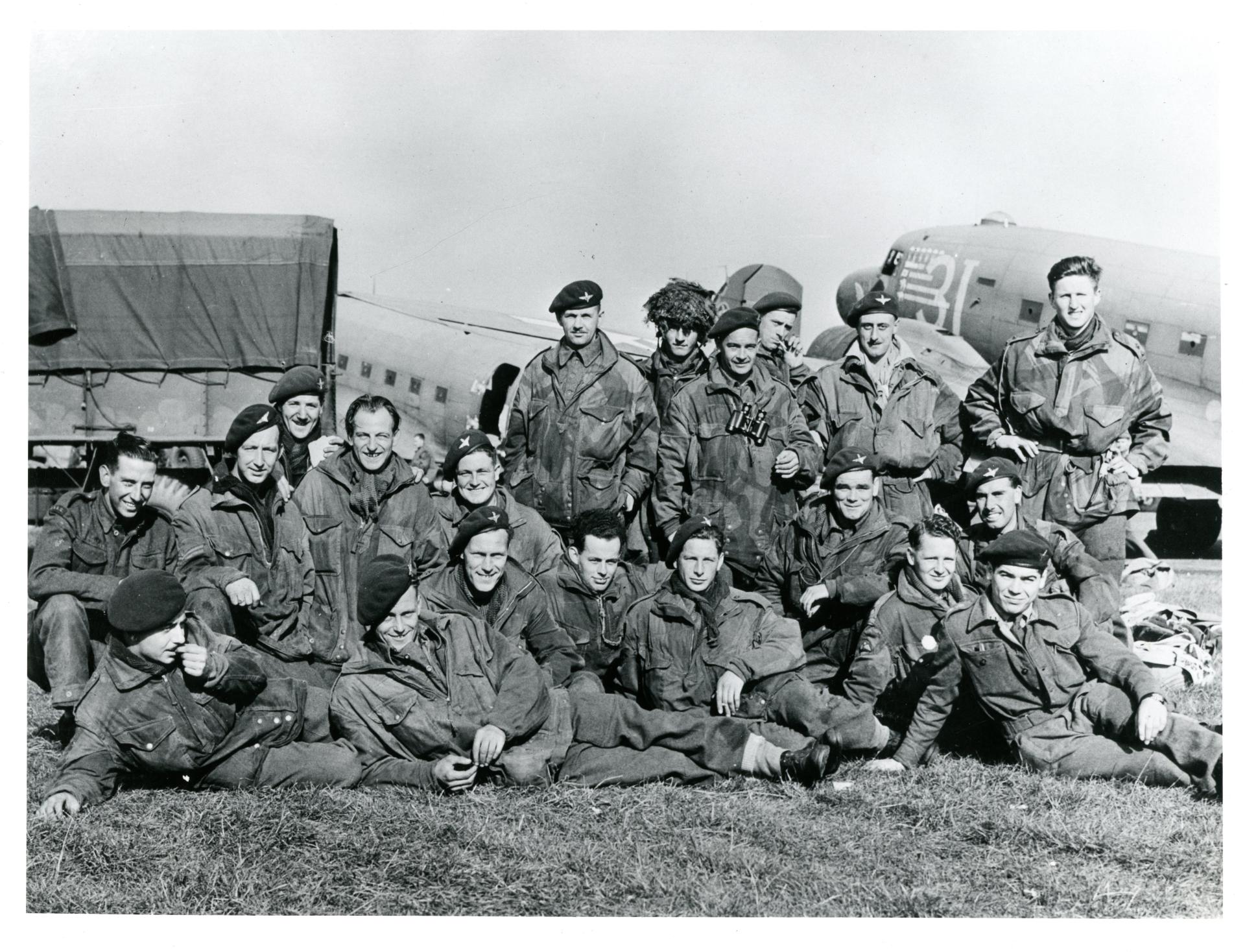To Arnhem from South Kesteven

For the British 1st Airborne Division, the battle at Arnhem will forever be a symbol of unparalleled heroism, bravery and sacrifice against overwhelming odds.
Alongside troops from the United States and Poland within the First Allied Airborne Army, the Division was coiled like a spring to enter combat.
Operation MARKET GARDEN was the largest Airborne operation up to that time, memorialized in the film ‘A Bridge Too Far’, and South Kesteven was one of its battle training areas.
The plan was to seize and hold vital river and canal crossings in the Netherlands, including bridges in the city of Arnhem, so that Allied ground forces could advance northwards from Belgium and swing eastwards into Germany.
Months had been spent training across the Lincolnshire countryside and elsewhere, with countless practice parachute drops and training marches.
General Roy Urquhart and his 1st Airborne Division had been waiting since D-Day in June 1944 to get into battle. Elements of the Division had already been in action during the North African Campaign, Sicily and Italy, but it was a while since they had been in battle; replacements from losses in North Africa and Sicily were yet to be battle hardened. The British 6th Airborne Division, under the experienced Major General R N ‘Windy’ Gale, had performed well during the Normandy landings and 1st Airborne were eager for their turn to get to grips with the Germans.

Major General R E Urquhart, General Officer Commanding, 1st Airborne Division. (IWM H 40947)

After D-Day, 16 Allied Airborne operations had been planned but each had been cancelled at the last minute because the situation on the ground had changed.
Airborne commanders and troops had become weary of the false starts and were extremely keen to get into action, especially as they believed the German forces had been fatally weakened over the previous months.
Starting on 17 September, US aircraft flying from airfields in South Kesteven dropped more than 8,600 British, US and Polish paratroopers, and towed more than 3,000 US glider troops to their landing zones in the Netherlands.
For more information on Operation MARKET GARDEN, click here: